
Saint-Josse-ten-Noode or Sint-Joost-ten-Node, often simply called Saint-Josse in French or Sint-Joost in Dutch, is one of the 19 municipalities of the Brussels-Capital Region, Belgium. Located in the north-eastern part of the region, it is bordered by the City of Brussels and Schaerbeek.

Dilbeek is a municipality in the province of Flemish Brabant, in the Flemish region of Belgium. The municipality comprises the villages of Dilbeek proper, Groot-Bijgaarden, Itterbeek, Schepdaal, Sint-Martens-Bodegem, and Sint-Ulriks-Kapelle. Dilbeek is located just outside the Brussels-Capital Region in the Pajottenland, hence the local name Poort van het Pajottenland.

Sint-Pieters-Leeuw is a municipality in the province of Flemish Brabant, in the Flemish region of Belgium.
The Pajottenland is a distinct region within the Flemish Brabant province and the south-western part of the Brussels Region of Belgium. The region is located west-southwest of Brussels. The Pajottenland is predominantly farmland, with occasional gently rolling hills, and lies mostly between the rivers Dender and Zenne / Senne. The area has historically provided food and drink for the citizens of Brussels, especially Lambic beers, which are only produced here and in the Zenne valley where Brussels is.

Brussels-Halle-Vilvoorde is a judicial arrondissement encompassing the bilingual—French and Dutch—Brussels-Capital Region, which coincides with the administrative arrondissement of Brussels-Capital and the surrounding Dutch-speaking area of Halle-Vilvoorde, which in turn coincides with the administrative arrondissement of Halle-Vilvoorde. Halle-Vilvoorde contains several municipalities with language facilities, i.e. municipalities where French-speaking people form a considerable part of the population and therefore have special language rights. The arrondissment is the location of a tribunal of first instance, enterprise tribunal and a labour tribunal.

Uccle or Ukkel is one of the 19 municipalities of the Brussels-Capital Region, Belgium. Located in the southern part of the region, it is bordered by the City of Brussels, Forest, Ixelles, and Watermael-Boitsfort, as well as the Flemish municipalities of Drogenbos, Linkebeek and Sint-Genesius-Rode. In common with all of Brussels' municipalities, it is legally bilingual (French–Dutch).

Everard t'Serclaes, Lord of Kruikenburg was a citizen of Brussels who was made famous by his recovery of the city from the Flemings. His brother, Jean, was bishop of Cambrai.

Guillaume-Hippolyte Van Volxem was a Belgian lawyer, liberal politician and mayor of the City of Brussels.
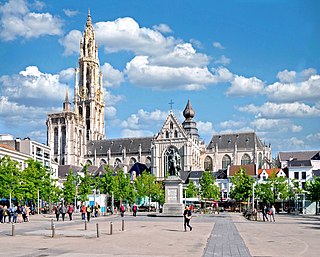
The Diocese of Antwerp is a Latin Church ecclesiastical territory or diocese of the Catholic Church in Belgium. The diocese was restored in 1961. It is a suffragan in the ecclesiastical province of the metropolitan Archdiocese of Mechelen-Brussels. Its cathedra is found within the Cathedral of Our Lady.

Groot-Bijgaarden Castle is a 12th-century castle in Groot-Bijgaarden in the municipality of Dilbeek, Flemish Brabant, Belgium. The castle was built for Almaric de Bigard, the first lord of Bigard. Groot-Bijgaarden Castle is situated at an elevation of 47 metres (154 ft).
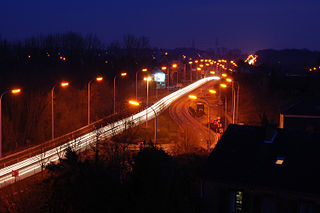
Schepdaal is a village and deelgemeente of Dilbeek in Flanders, Belgium.
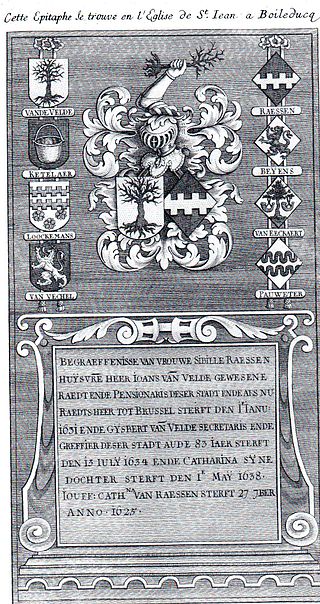
Beyens de Grambais is a Dutch-Belgian family of nobility, with a branch settling in the Southern Netherlands in the early 17th century.

HelenaFourment was the second wife of Baroque painter Peter Paul Rubens. She sat for a few portraits by Rubens, and also modeled for figures in Rubens' religious and mythological paintings.

Bernard Henry Richard Harcourt van Cutsem was an English horsebreeder and racehorse trainer.

The Council of Brabant was the highest law court in the historic Duchy of Brabant. It was presided over by the chancellor of Brabant. One of its functions was to determine that new legislation was not contrary to the rights and liberties established in the Joyous Entry.
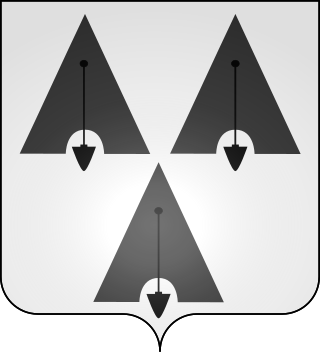
The Wittouck family (/witʊk/) is a noble Belgian family, that descends from the Seven Noble Houses of Brussels, established in Brussels since the 18th century.
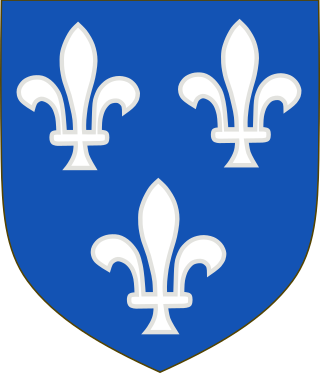
The Pipenpoy family (/pɪpɒ̃pwə/), was an old and influential patrician family of Brussels which exercised public functions in the capital of the Duchy of Brabant until the end of the Ancien Régime. It died in 1832 with Catherine de Pipenpoy, who was 100 years old. Several of its members were admitted to the Seven Noble Houses of Brussels.
The pagus of Brabant was a geographical region in the early Middle Ages, located in what is now Belgium. It was the first region known to have been called Brabant, and it included the modern capital of Belgium, Brussels. It was divided between the neighbouring counties of Flanders, Hainaut and Louvain (Leuven) in the eleventh century. It was the eastern part, which went to the Counts of Louvain, which kept the name in use, becoming the primary name of their much larger lordship. This led to other regions later being named Brabant - in particular, the French and Dutch-speaking areas east of the Dyle, including Leuven and Wavre, which are still known as "Brabant"; and secondly the province of North Brabant in the Netherlands.
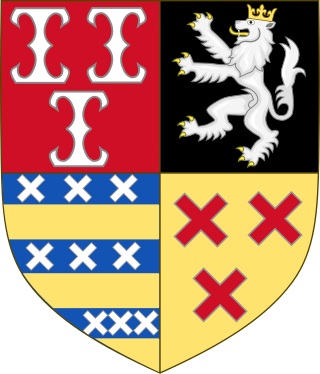
Sweder III of Zuylen of Abcoude, Lord of Gaasbeek, Putte, Strijen, Wijk, and Durstede was a councillor to Joanna, Duchess of Brabant and became infamous for ordering the murder of Everard t'Serclaes.
Guillaume-Philippe, marquis d'Herzelles (1642–1698), baron of Werchin and Liedekerke, lord of Facuwez, was a magistrate and statesman in the Habsburg Netherlands.


















